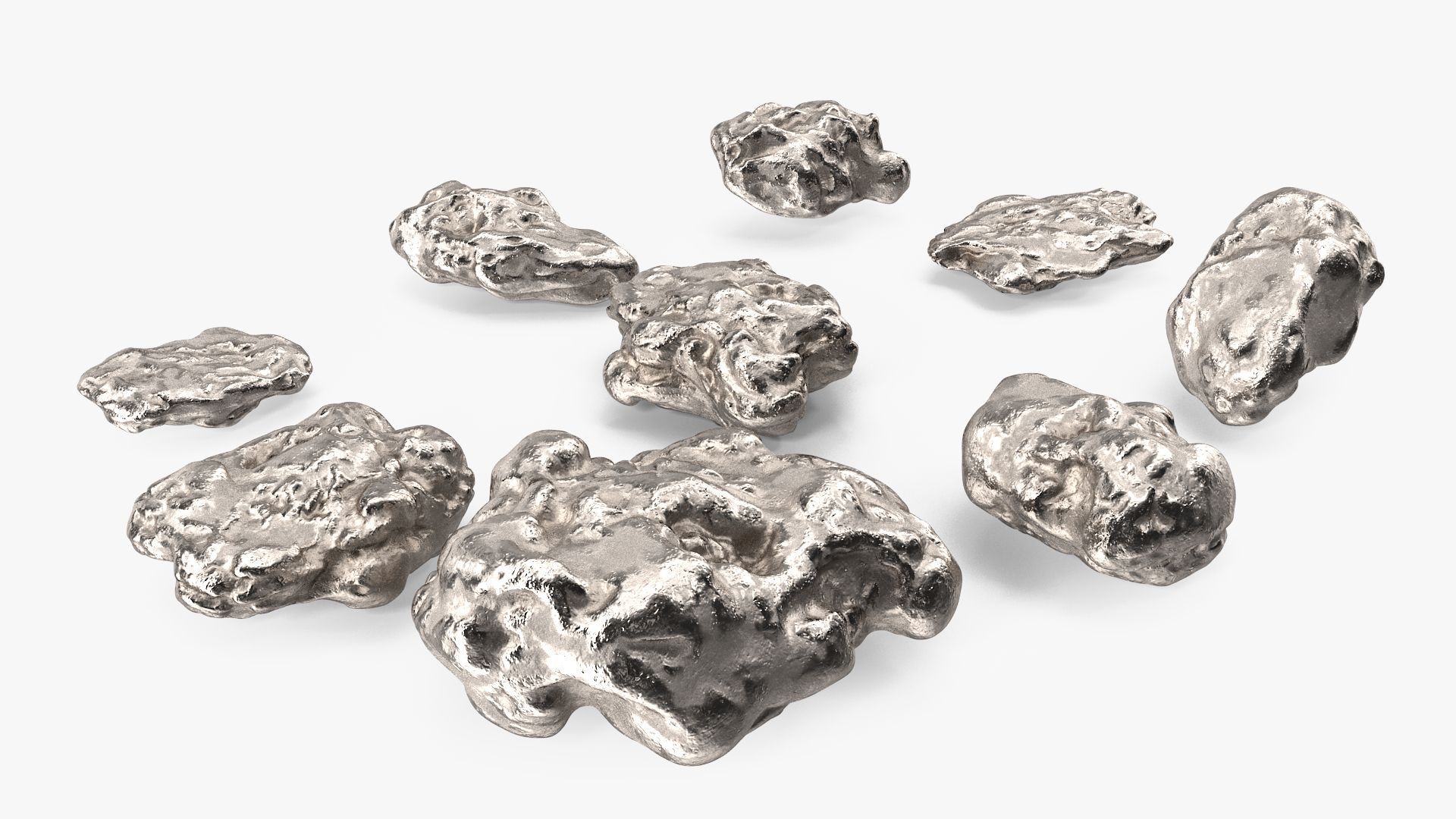Diamond Doppelgangers: Unveiling Minerals that Mirror the Sparkle
Diamonds, the epitome of luxury and elegance, have been the object of desire for centuries. However, not all that glitters is a diamond. There are several minerals that bear a striking resemblance to this precious gemstone. This article aims to delve into the world of minerals that mimic the appearance of diamonds, providing an in-depth understanding of their characteristics, origins, and uses.
Quartz
Quartz, specifically the clear variety known as rock crystal, is one of the most common diamond look-alikes. It is less dense and much softer than a diamond, with a hardness rating of 7 on the Mohs scale compared to a diamond's 10. Quartz lacks the high refractive index of diamonds, resulting in less brilliance and fire. However, when cut and polished, it can be quite convincing, especially to the untrained eye.
White Topaz
White topaz is another mineral that can be mistaken for a diamond due to its clarity and luster. It is a silicate mineral of aluminum and fluorine and is naturally colorless. However, it is softer than a diamond, with a Mohs hardness of 8, and it lacks the diamond's unique dispersion of light.
Cubic Zirconia
Cubic zirconia (CZ) is a synthetic gemstone that closely resembles a diamond. It is a crystalline form of zirconium dioxide and is colorless, hard, and flawless. CZ has a refractive index close to diamonds and is often used as an affordable alternative in jewelry. However, it is slightly less hard and has more fire or dispersion than a diamond, which can sometimes give it away.
Moissanite
Moissanite is a naturally occurring silicon carbide that is almost as hard as a diamond and exhibits a similar brilliance and fire. It was first discovered in a meteor crater, adding to its allure. Today, most moissanite is lab-created. Its refractive index and dispersion are higher than a diamond's, resulting in more pronounced fire, which can distinguish it from a diamond.
Zircon
Not to be confused with cubic zirconia, zircon is a natural mineral that can mimic the appearance of a diamond. It is less hard and has a lower refractive index than a diamond, but it exhibits strong fire. High-quality zircon can be a convincing diamond substitute, especially when it is colorless.
Conclusion
While diamonds are undeniably beautiful, they are not the only gemstones that can capture the light and draw the eye. Whether you're a gem enthusiast, a jewelry designer, or simply someone who appreciates the beauty of nature's treasures, understanding the unique properties of these diamond look-alikes can enrich your appreciation for the world of minerals. Remember, while these minerals may look like diamonds, each has its unique properties and charm.

Post Comment